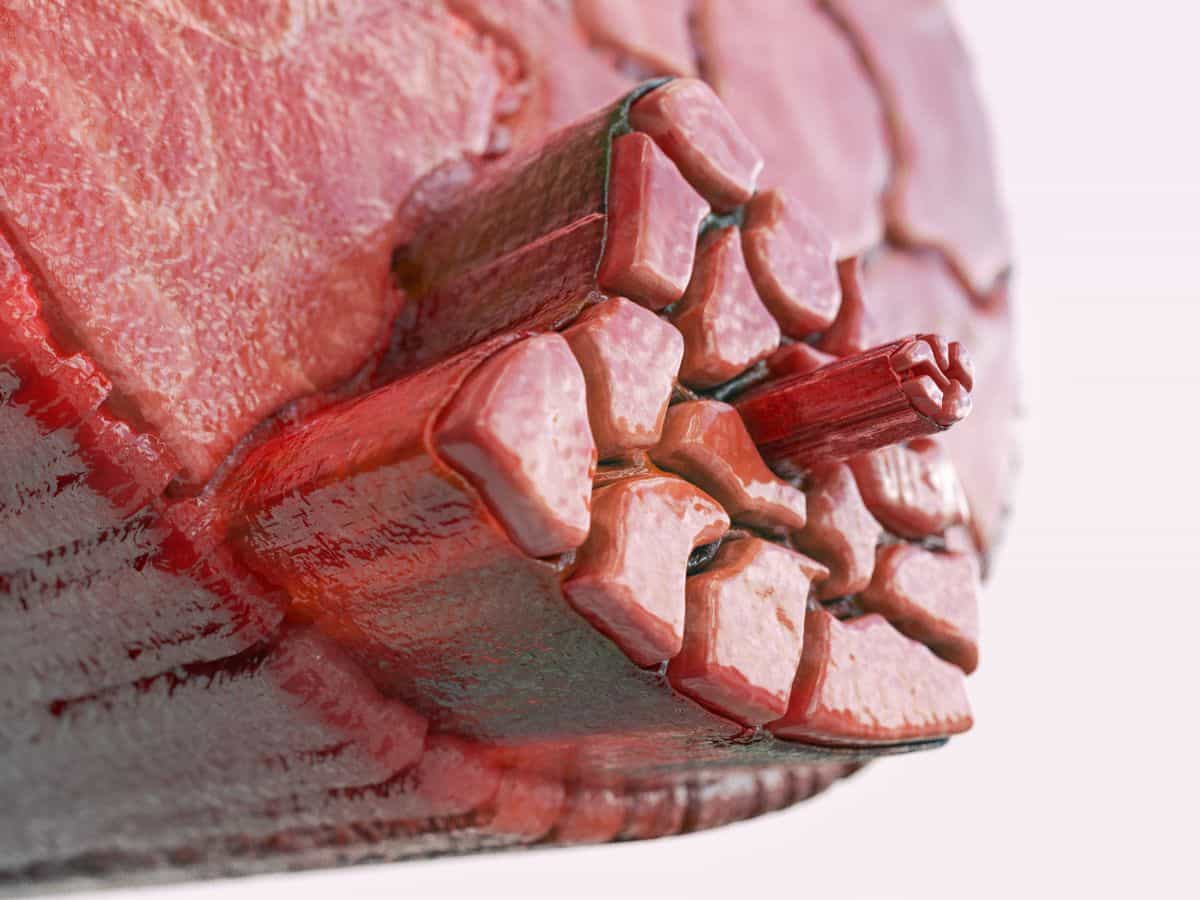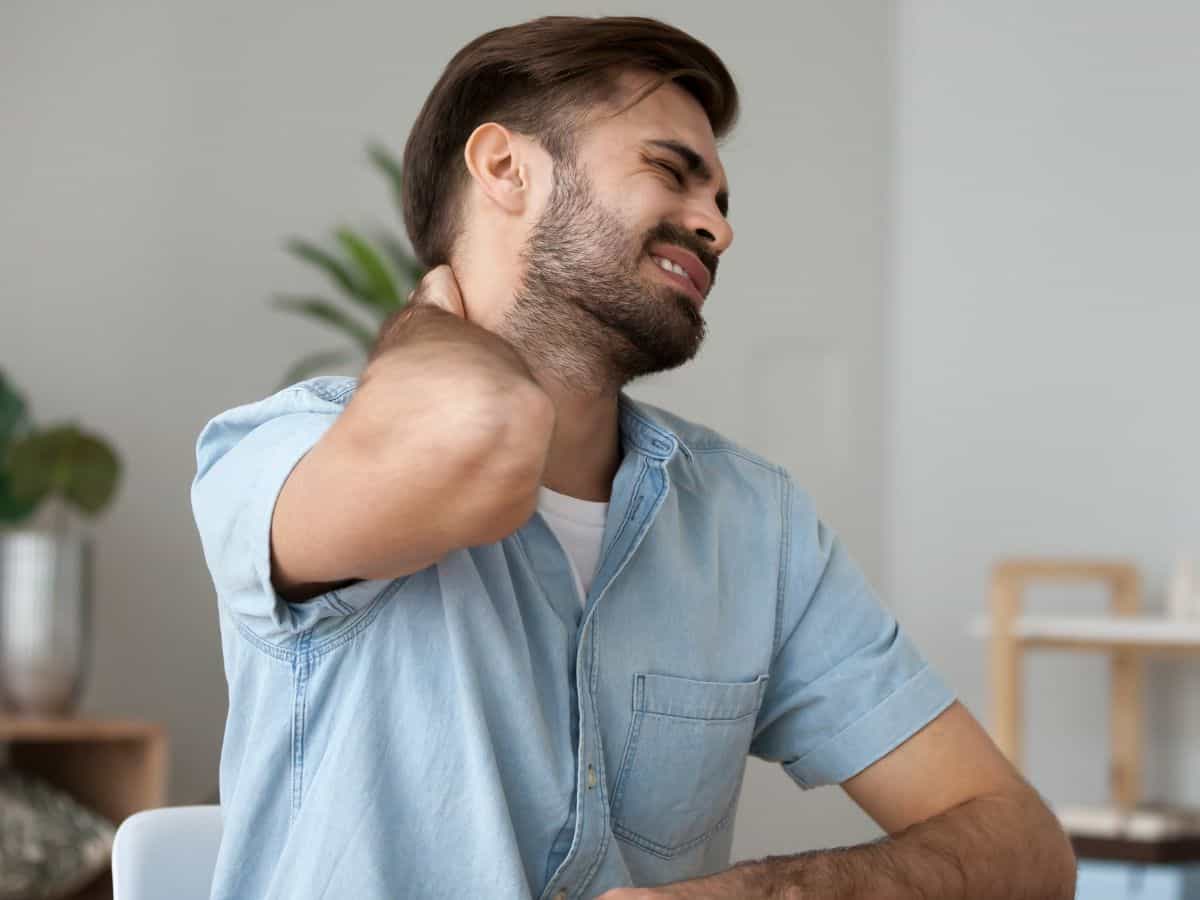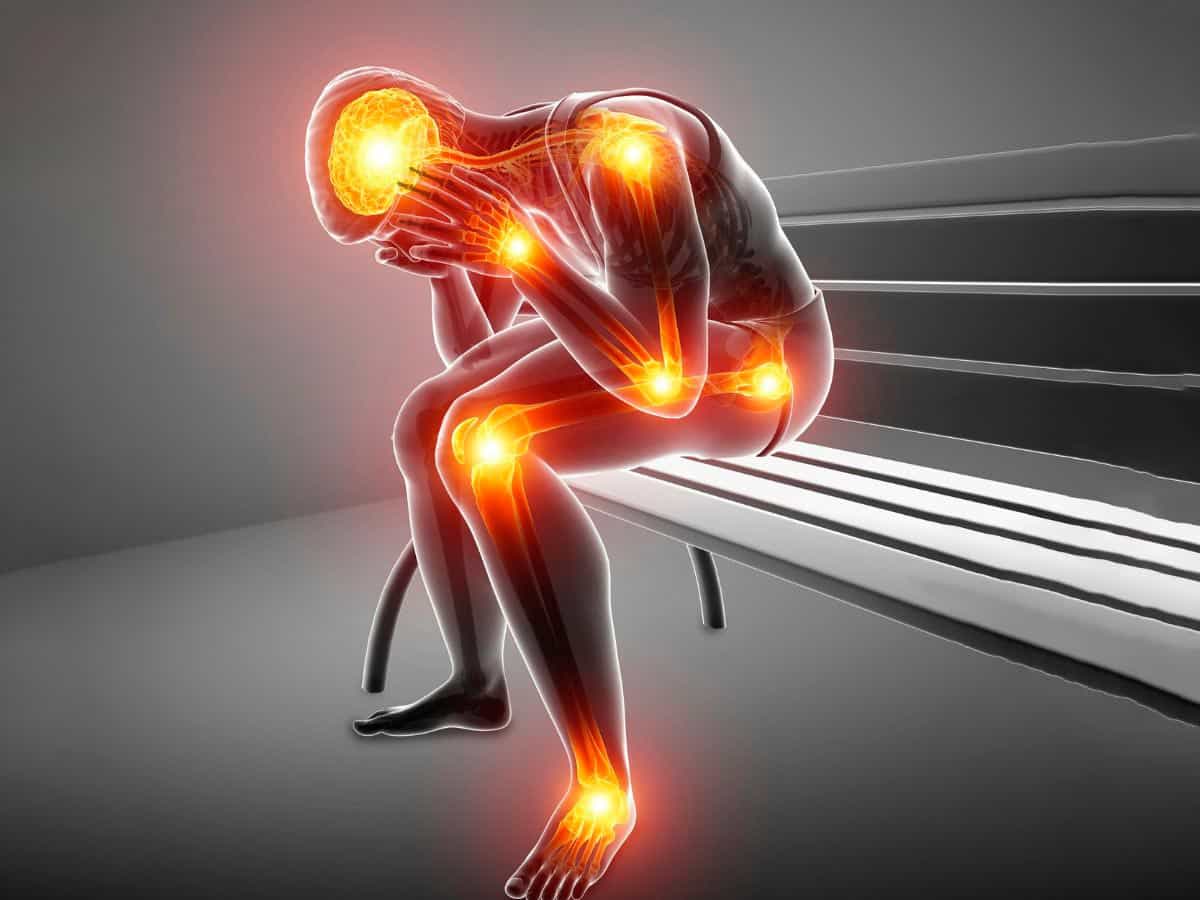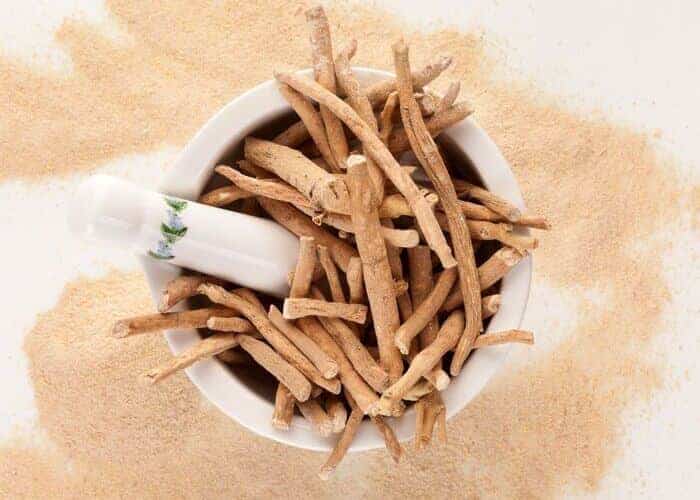
Grades of Soleus Injury and Exercises to Strengthen It
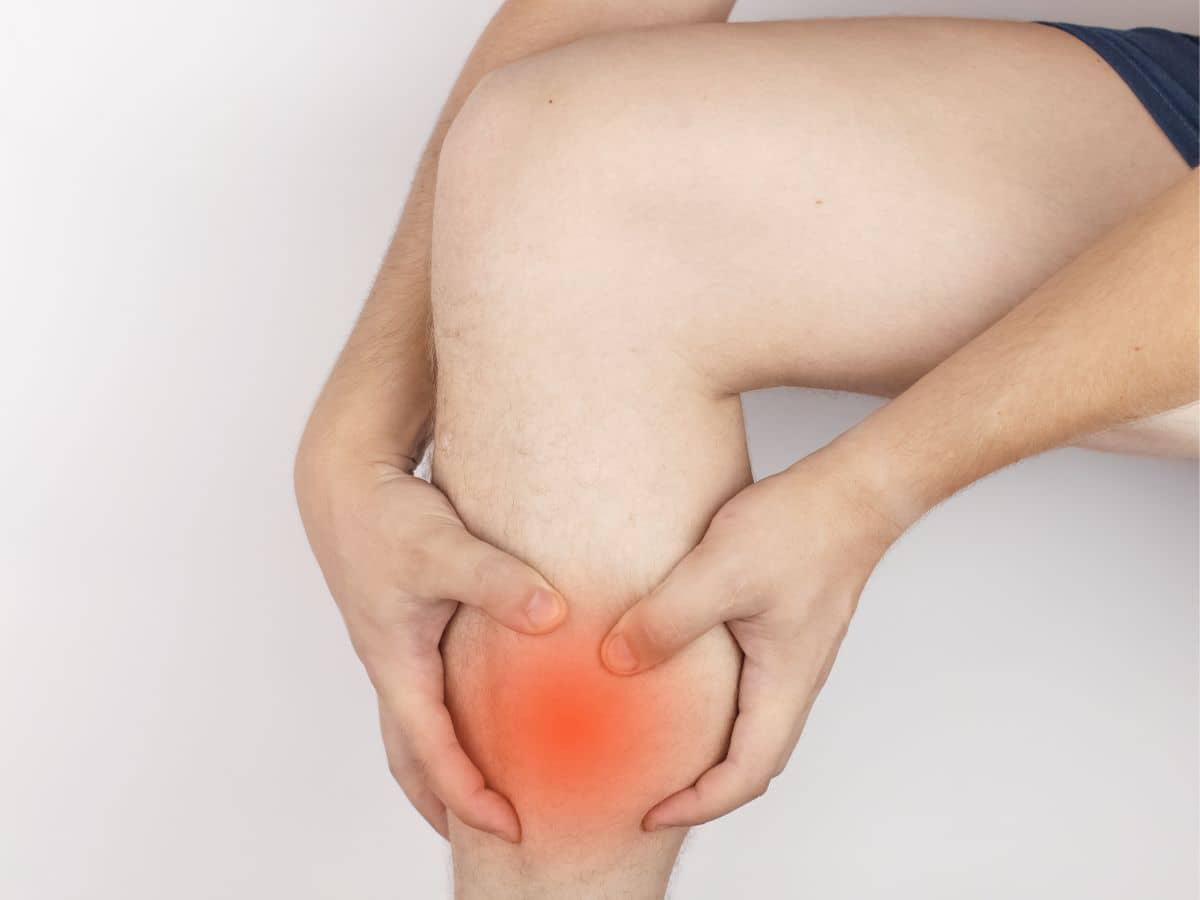
Tabla de contenidos
- What is the soleus and where is it?
- Why is soleus injury so frequent in runners and joggers?
- Soleus Muscle Pain During Running: Symptoms and Severity of Injury
- Exercises for the soleus: How to strengthen it?
- Soleus injury: Treatment and Prevention
- Soleus injury: Innervation and referred pain.
- Soleus arcuate syndrome
What is the soleus and where is it?
The soleus is a muscle of the lower extremity, located in the leg, specifically in the calf area, running down the back of the knee to just above the muscles around the ankle.specifically in the calf area, which runs along the back of the knee to just above the muscles around the ankle.
It is the muscle responsible for plantar flexion, i.e., the position of the foot when the toes point downward.that is, the position of the foot when the toes point downwards, and is therefore essential for the performance of daily activities such as running, walking, standing, dancing and balancing.
This muscle is very important in runnersThe soleus soleus: it is the one that applies the impulse push when running. To support long distances running, it is important that the soleus is in good condition.
Why is soleus injury so frequent in runners and joggers?
Soleus injury is a relatively common injury in runners and tennis players, caused by overuse of the muscles in the area and is accentuated in endurance sports and long distances.
Injuries commonly occur as a result of fatigue or overtraining. They can also occur when the knee is flexed for long periods of time while running, such as during uphill running.
Soleus Muscle Pain During Running: Symptoms and Severity of Injury
The main cause of soleus injury is overuse or mileage. When the soleus and gastrocnemius (gastrocnemius) suffer a rupture, we must speak jointly of the famous «pedrada». In all muscle ruptures we can find different degrees of severity depending on the size, the rupture and the muscles affected, thus finding grade I, II, III injuries:
- Grade I. The one known as microrupture that affects muscle fibers, where the main symptom could be the appearance of a hematoma due to ruptures of capillary fibers, is usually the most common.
- Grade II. The so-called partial rupture occurs due to a greater number of muscle fibers affected, but without reaching the total involvement of the muscle belly. Diagnosis by palpation and later by ultrasound is the best way to assess the extent of the injury. It can be easily diagnosed due to its main symptom: deformation or a small jump of the muscular area by palpation.
- Grade III. We find the total rupture of the muscle belly, the pain is very intense and the patient’s response usually goes from a stone to a strong axe. The main symptom is a strong hematoma of several centimeters and is an important injury which must be assessed and taken into consideration with its corresponding ultrasound and rehabilitation guidelines.
Exercises for the soleus: How to strengthen it?
Fortunately, the soleus is a muscle that is easily strengthened if cared for properly.
The most common strengthening exercise is the wall squat based on a seated position with the feet flat on the floor. The knees should form a 90-degree angle and the thighs should be parallel to the floor.
A uniform weight should be placed on the thigh or quadriceps muscles and the toes pulled back to the maximum range of motion. This cycle of movements with stop and restart is recommended to be repeated up to a total of 10 times. It is also advisable to perform the series of exercises with the toes pointing outward, another with the toes pointing inward , and finally one with the toes pointing outward again.
It is recommended to start with little weight and increase progressively over time as your body allows.
The key is to always add some weight because when running, we adopt a one-legged position, multiplying the force is two, three and even four times our body weight. Therefore, body weight exercises alone do not help.
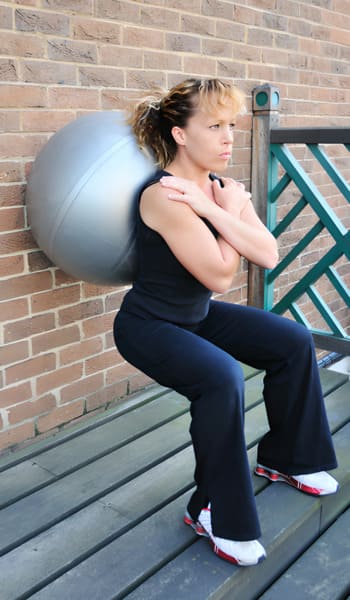
Instead of lifting the calves as usual, you need to lift only one calf with a dumbbell in one hand, do one-legged deadlifts with dumbbells, or balance on an unstable surface. This is the only way to work the deeper, slow twitch muscle fibers.
It is also not unreasonable to alternate with the treadmill since there is no lateral movement from the knees down, so the muscle suffers less and the impact on that area is reduced even more as it is a soft surface.
The soleus may not be the largest muscle in the calf, but strengthening it will be a great help in coping better with long-distance running and sports.
Soleus injury: Treatment and Prevention
The first thing to do is to assess and identify the stage of the injury.
It is always recommended to start with a conservative phase to prevent the pathology from worsening, then, depending on the area of the soleus that has been affected, puncture treatments (invasive technique applied to points to treat myofascial pain), diathermy (non-invasive technique of local heating in the tissues), stretching, massage therapy, EPTE, cryotherapy and others would be performed.
As a preventive measure, it is also important to carry out actions that focus on eccentric exercises, muscle elasticization and specific postural hygiene, such as the way of walking or running.
Finally, it is recommended that the resumption of physical activity be progressive.
In our new section, we offer you many interesting articles about health and sports.
Soleus injury: Innervation and referred pain.
Soleus arcuate syndrome
The soleus has a ligamentous complex from an anatomical point of view that makes the diagnosis of soleus injury should be evaluated in a broad manner. Both the ligamentous arcade and the different trigger points make the dysfunction of this muscle of great importance and of primordial evaluation in multiple pathologies of the lower limb, such as sciatica, plantar fasciitis, heel pain, deep compartment syndrome, knee and foot surgery, among others.
Written by:

Dr. Elena Gallardo Morillo PhD
Medical Director at Pentalium Pharma and Doctor in Central Nervous System and Inflammation.
